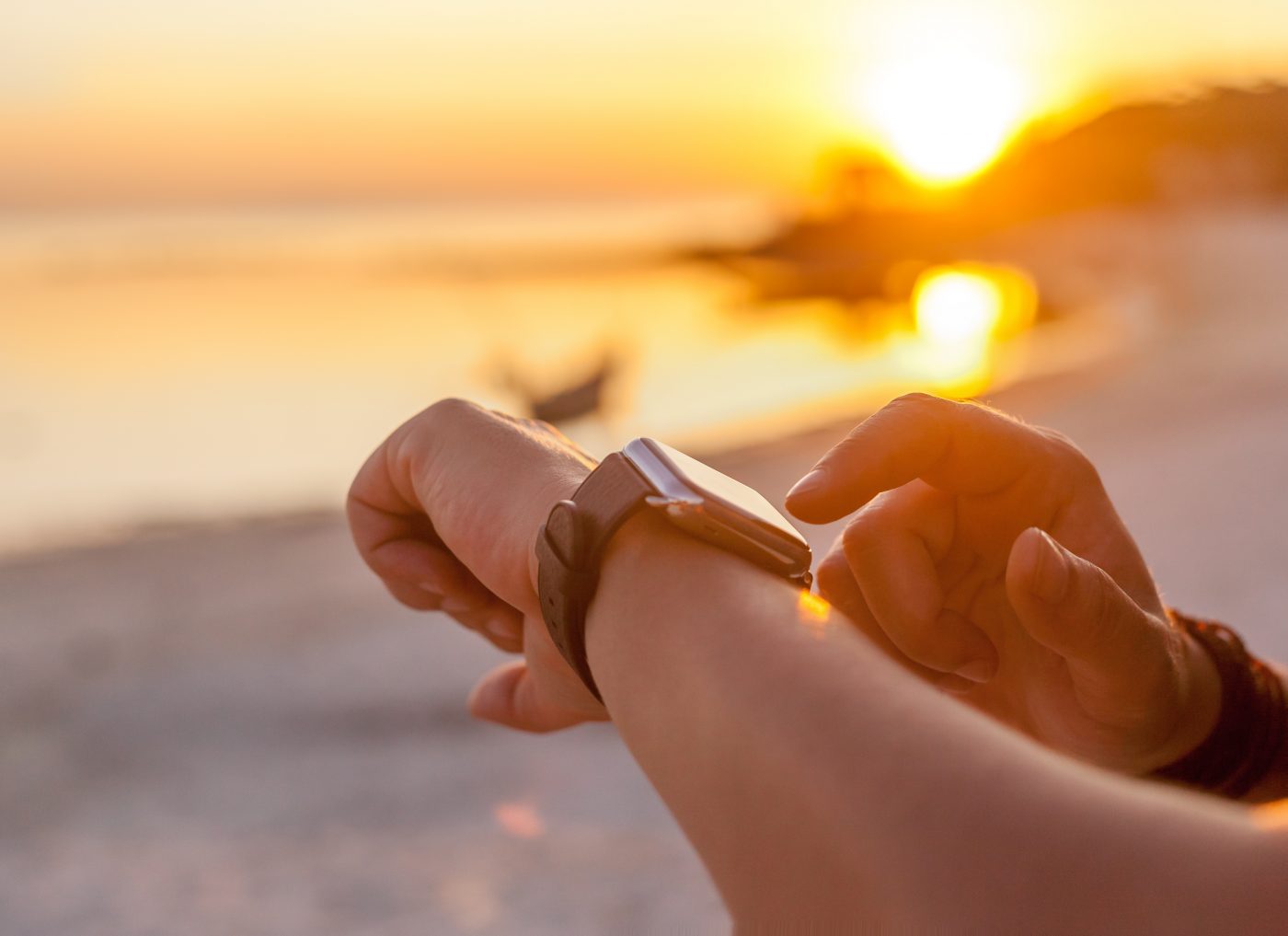PKG Wristwatch Device May Improve Clinical Decision-Making in Parkinson’s, Study Shows

A wrist-worn medical device — called the Personal KinetiGraph or PKG — that reminds people with Parkinson’s disease to take their medication, and records their movements to provide physicians with objective measurements of motor symptoms, showed great promise as a tool to improve clinical decision-making, a study found.
When worn for six days before a routine care visit, the device reported disease-related motor symptoms, like dyskinesia — involuntary muscle movement — and bradykinesia, or the progressive slowness of movement over time, even when patients did not report such symptoms.
Overall, the device provided information for better treatment plans, allowed doctors to assess the efficacy of treatments, and improved doctor-patient communication.
The findings were reported in “PKG Movement Recording System Use Shows Promise in Routine Clinical Care of Patients With Parkinson’s Disease,” a study published in the journal Frontiers in Neurology.
The focus of Parkinson’s disease treatment is the relief, through medication, of symptoms like slow movements, rigidity, and tremor. However, such treatment regimens rely on patient self-reported symptoms, which often can be unreliable, even with validated assessments such as the Unified Parkinson’s Disease Rating Scale (UPDRS).
In addition, patients tend to do better during their appointments and clinical examination than at home.
The lack of objective data complicates treatment recommendations.
To overcome these problems, Global Kinetics Corporation (GKC) developed PKG, a watch-like device that objectively records movements and reminds patients to take their medication. The device was cleared for use by the U.S. Food and Drug Administration in September 2016. It weighs 35 grams, and is programmed and dispensed by clinical staff and worn by the patient for 6–10 full days.
The PGK uses accelerometers to monitor movement and a proprietary mathematical algorithm to convert the raw movement data into a PKG report — a graphical illustration of the patient’s movement that the clinician can analyze. That report provides “scores representative of dyskinesia and bradykinesia, compared to controls, throughout the day and from day to day,” the device’s website says.
To evaluate the clinical utility of the PKG, physicians at the University of California, Irvine (UCI) and University of California, Los Angeles (UCLA) now conducted a single-arm, open-label, observational study. The study included 63 people with Parkinson’s, ages between 46 and 83 years, who were responsive to dopaminergic therapy. In total, the patients had 85 routine care visits.
The main goal was to determine how often symptoms reported by patients disagreed with those in the PKG report. Secondary measures included the number of times the PKG report had findings that were treatable, how often doctors changed treatment based on the PKG report and how the report impacted patient care. Patients and caregivers’ satisfaction with the device also was measured.
The study’s participants wore the PKG for six continuous days before their appointments. Physicians then discussed symptoms with their patients and conducted a motor examination prior to uploading and reviewing the PKG report.
The team found that the PKG report demonstrated the presence of symptoms not reported by patients in 35% of the visits. Among these symptoms, bradykinesia was the most common finding of the PKG not picked up by the patient (50% of cases), followed by dyskinesia (33%). In contrast, 24% of patients reported a symptom that did not appear in the PKG report.
Regarding treatable symptoms, the device identified those individuals who could benefit from increases in levodopa doses or other treatments, including 47% of those with bradykinesia and 44% of those with dyskinesia.
In total, the report provided insights used to change treatment plans in 79% of participants, improved dialogue with the patient in 59% of visits, improved the ability to measure treatment impact in 38% of visits, and improved motor assessment in 33% of visits.
When surveyed at the end of the study, 82% of the participants agreed or strongly agreed that the PKG was easy to learn, easy to use, enabled them to confirm medication administration, and performed as expected. These patients said they would use the device again. In 39% of responses, participants also reported a very valuable impact on their care.
A 75-year-old women included in the trial “had difficulty reporting when she was off [when levodova effects wear out] and when she was dyskinetic,” the researchers said. “The PKG identified off times in the [morning] and dyskinesias in the afternoon. Based on the PKG data her regimen of carbidopa/levodopa dose was adjusted and her symptoms markedly improved.”
The researchers noted that the study was limited by the small number of patients. However, they said the results showed the usefulness of the new medical device.
“The PKG system provided clinical utility through improved characterization of motor manifestations of Parkinson’s disease, both the type and timing. This served to improve physician-patient dialogue and provide insight to clinicians and patients to inform treatment impact and decisions,” the team concluded.






